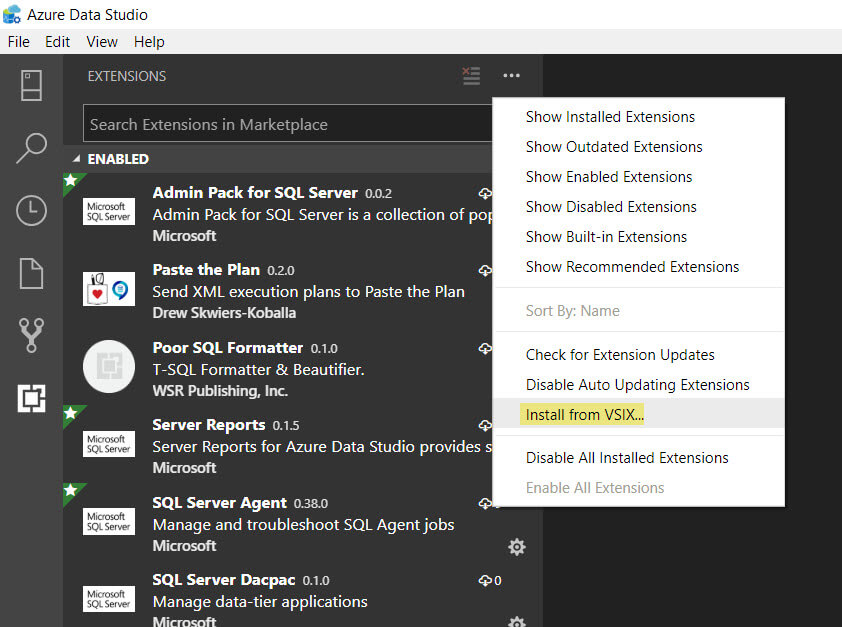

For example functions that don’t do much, but are called frequently will show up more than they would in the real world. This gives you much more detailed information than normal sampling profiling cost of distorting the time taken in some scenarios. The value of instrumentation profiling is that you can get exact call counts on how many times your functions were called. The value of sampling is that it has less overheard and is thus more likely to be statistically representative of the application running in production. With sampling, the current call stack executing is polled from the CPU at an interval and then each frame is added to the trace. With instrumentation, every function call in your application is annotated and instrumented so that when it gets invoked it’s added to the trace along with information about the caller. Collection via instrumentation or via sampling. When it comes to profiling there’s two mechanisms of collecting data. Once you are on the summary page, select the Instrumentation checkbox. NET Project in Visual Studio ( Debug -> Performance Profiler or Alt-F2). You can access the dynamic instrumentation tool by launching the Performance Profiler for a. NET Core instrumentation without needing PDBs. This tool shows the exact number of times your functions are called and is faster than our previous static instrumentation tool. Introducing our new dynamic instrumentation tool. Click the link below or contact us – we’re here to help you take your business from good to great.With the release of version 16.9 of Visual Studio, instrumentation profiling in Visual Studio just got better. If you’d like to learn more about Azure Data Studio or anything Azure related, we’d love to help. What comes to my mind in this use case is running the diagnostic queries in a notebook and then saving them as a baseline, then when I run it the next month, I can see what has/has not changed.Īzure Data Studio is a great tool to manage your SQL databases and warehouse systems. It’s also helpful when I need to establish a workflow in my demos that attendees can download in this notebook and repeat on their own.Īnother interesting feature for troubleshooting is the ability to include results inside the notebook files, so you can create an empty notebook, add some queries and instructions to it, then send it to your client and make them run the queries and return it to you with the results populated. I can prepare a notebook to show in my presentations with code and results combined in a very convenient package. I like to use notebooks for presentations. This is great for helping you figure out what additional code you want to write, as well as copy/paste snippets from the definition to make sure that everything that you want to include is there. The IntelliSense in Azure Data Studio will simplify code entry and the right-click menu offers some great options, including formatting the document, changing all occurrences of a selected word and taking a peek at the definition of the selected SQL object (like a table or stored procedure). If you add a code cell (or section) for code, you can enter SQL code, then execute it just make sure the kernel is set to SQL and that the connection is pointing to the database you want it to work with before running the code. To create a notebook, simply open Azure Data Studio and select new notebook from the file menu. Now these can be used with SQL, as well as other programming languages such as Python, Scala and R. Notebooks is a document that can combine formatted text with live code elements, images and query results (you may have heard of them referred to as Python Jupiter notebooks). But I believe for developers, especially Mac and Linux users, Azure Data Studio will become the go-to tool for doing SQL tasks.Īs of March 2019, Azure Data Studio will now connect to SQL Server 2014 and higher, Azure SQL Database, Azure SQL Data Warehouse, Azure SQL Managed Instance and Postgre SQL Servers.Ī very useful feature of Azure Data Studio is its ability to create a SQL notebook. SQL Server Management Studio will still be the champ for database administration tasks such as security management, importing and exporting a DACPAC and using performance tuning advisors and dashboards. It includes a SQL editor with IntelliSense keyword completion, code snippets, code navigation and Git source control integration.


This lightweight, cross-platform database tool is based on Visual Studio code and runs on Windows, Mac OS and Linux. What do you know about the database tool from Microsoft called Azure Data Studio? Azure Data Studio is a free Microsoft desktop tool (initially called SQL Operations Studio) that can be used to manage SQL Server databases and cloud-based Azure SQL Databases and Azure SQL Data Warehouse systems.


 0 kommentar(er)
0 kommentar(er)
